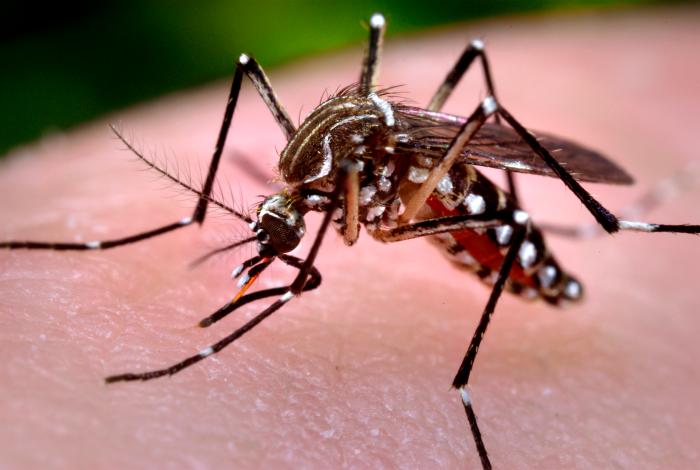The chikungunya virus has now reached half of the Pacific Island countries and territories and is likely to continue spreading to non-affected countries in the region and other parts of the world.

Surveillance experts at the Secretariat of the Pacific Community (SPC) closely monitor this emerging disease in collaboration with countries, territories and regional partners of the Pacific Public Health Surveillance Network.
Since 2011, when the first outbreak of chikungunya was detected in the Pacific region (in New Caledonia), 14 chikungunya virus outbreaks and circulations have been reported by 11 of the 22 Pacific Island countries and territories.
“As anticipated, the virus has been spreading rapidly and causing significant outbreaks in the Pacific region, similar to what was witnessed in the Indian Ocean region in 2005-2007,” the Deputy Director of SPC’s Public Health Division, Dr Yvan Souarès, said.
”We estimate that it will continue to spread for some years due to a number of factors, mainly the low immunity of the populations in the non-affected countries, the presence of mosquitoes capable of transmitting the virus in most parts of the region, the weakness of mosquito control resources in most Pacific Island countries and the high mobility of the population,” Dr Souarès added.


2 thoughts on “Chikungunya expected to spread and cause ‘significant’ outbreaks in the Pacific”